Scuba diving in Antarctica is an unparalleled adventure. Few places on Earth allow you to swim beneath icebergs and potentially encounter penguins or leopard seals. But the wonders of Antarctic diving don't end there.
There are also shipwrecks to explore. One notable wreck is the Guvernøren, a Norwegian transport vessel with a fascinating history.
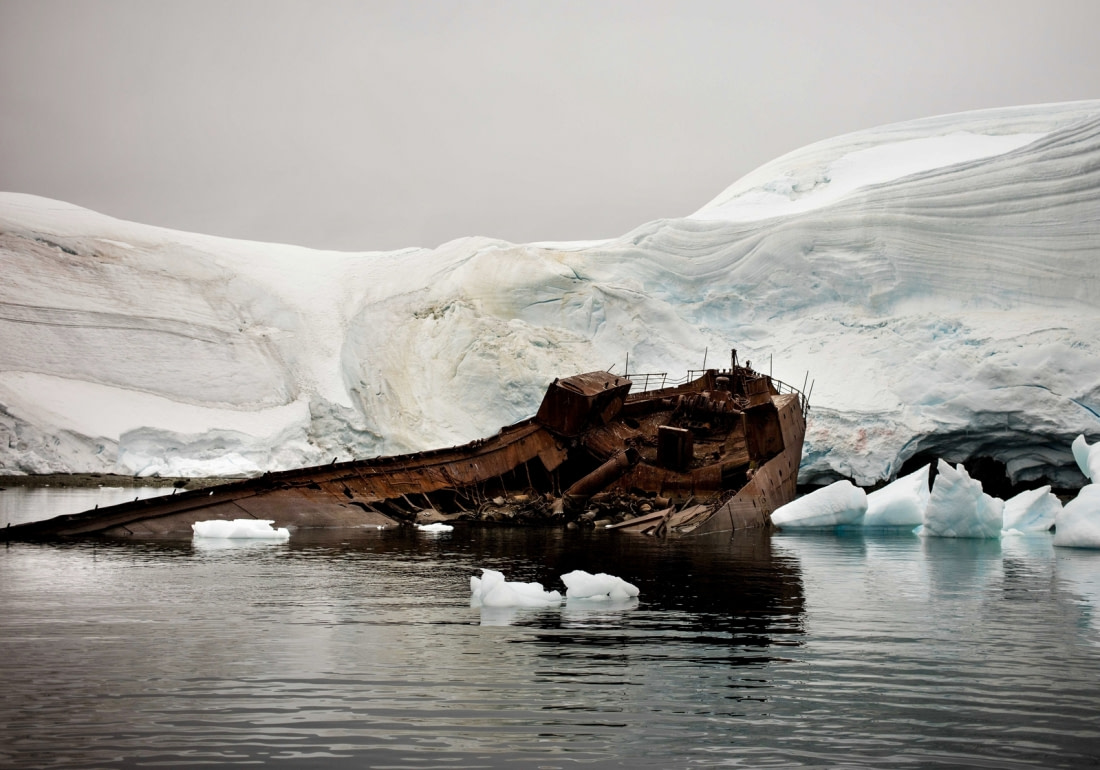
Wrecked remnants of the whaling industry
While visiting the Antarctic Peninsula, you might stumble upon various historical artifacts: an abandoned boat, a pile of whale bones, or the snow-bleached hut of a famous expedition. These remnants often tell the story of the massive whale hunts that peaked just over a century ago.
During that era, the whaling industry shifted to the Southern Hemisphere. Innovations like steam engines and exploding harpoon heads enabled whalers to hunt the faster rorqual whales. Additionally, there was a significant demand in Europe for oil, which was even used for glycerine in explosives during World War I.

Life as a whaler was grueling. They often worked two-year contracts and twelve-hour shifts. Whaling ships used smaller vessels, called catchers, for hunting, while larger ships, known as factories, processed the catch.
These factory ships could easily move to where the whales were, bypassing the shore regulations that landed stations had to follow. This made them highly profitable. One such ship was the Guvernøren.

Wreck diving into a ship-load of stories
The Guvernøren has its own maritime lore. It was a refitted cargo ship based in Wilhelmina Bay, an area known for its abundance of whales. The ship had 16,614 barrels of whale oil on board when it caught fire on January 27, 1915.
One tale suggests the crew was preparing to return home and decided to celebrate a successful whaling season. During the festivities, a lamp was knocked over, setting the vessel ablaze.
This story remains unverified, as does the account of the captain allegedly ordering a whaler to shoot a harpoon into the Guvernøren to deliberately sink it in an attempt to save the oil. The crew of 85 escaped in their work boats and were later rescued. These boats can still be seen abandoned on the nearby cliffs.
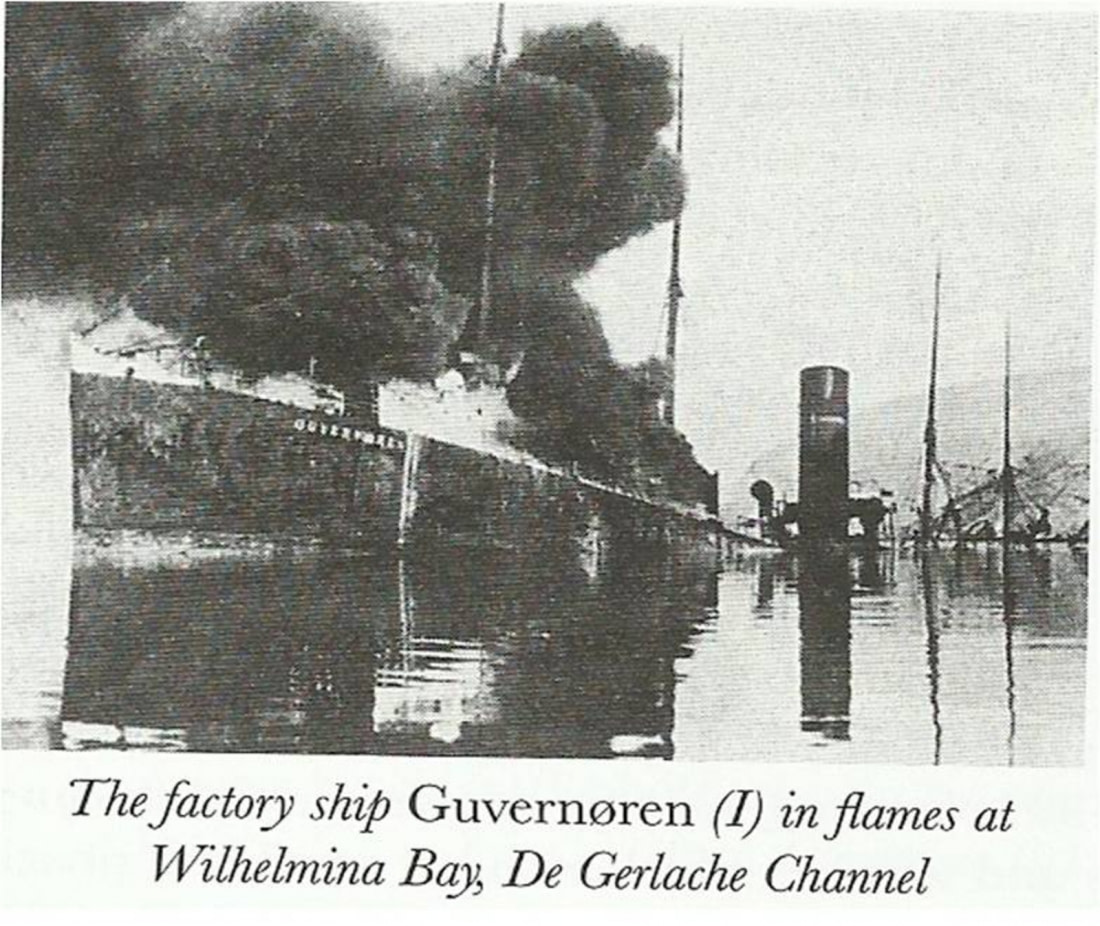
Guvernøren wreck diving in Antarctica
Regardless of the true story, the Guvernøren is a fantastic site for wreck diving. The depths range from 1.5 meters (five feet) at the stern to 17 meters (55 feet) at the aft. The entire 132 meters (433 feet) of the wreck is filled with preserved but rusty whaling history.
Divers can often see the cookers used for reducing whale blubber to oil. In clear conditions, barrels, capstans, wires, portholes, and even harpoon heads are visible.
While Antarctica above water is characterized by snow and glaciers, the underwater world is vibrant with colors: yellow corals, pink algae, red kelp, and orange anemones. Wreck divers with a passion for photography will find plenty to capture.
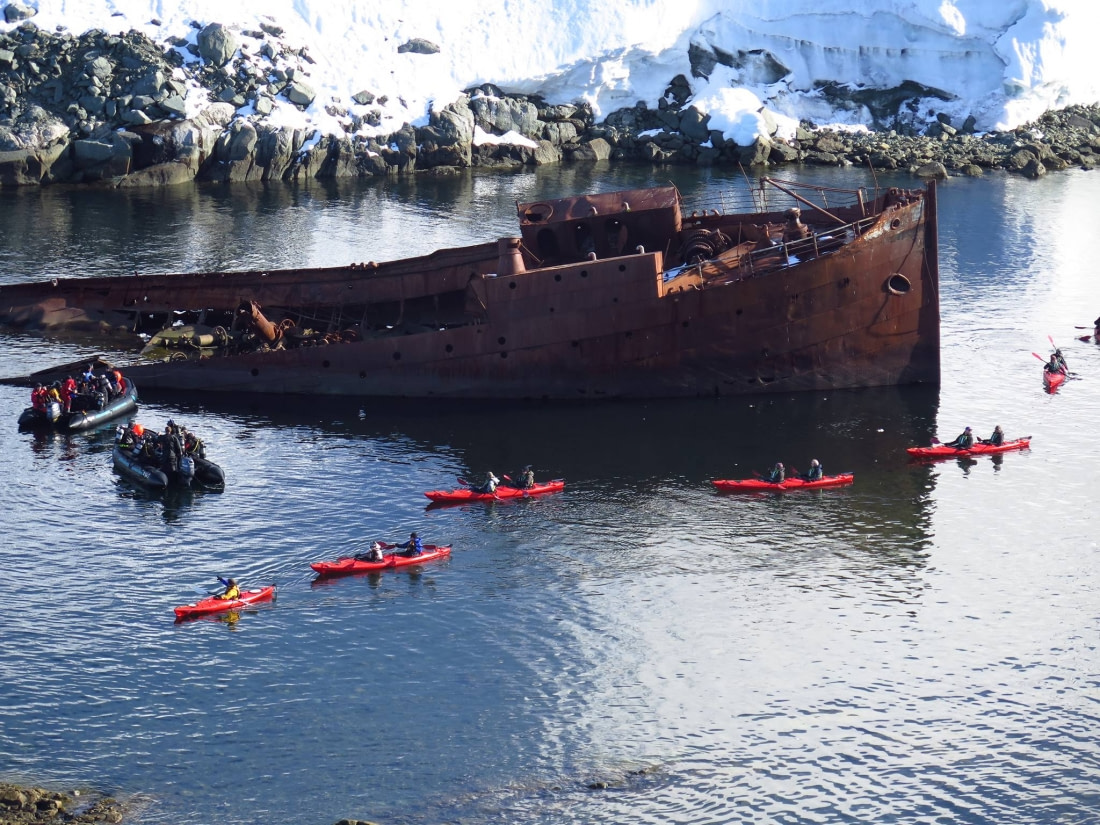
What to do when you're not wreck diving
This region is perfect for a polar diving trip, but it's also ideal for non-divers.
The rusted, ghostly wreck of the Guvernøren stands out like a broken time capsule against the blue-white brilliance of the Antarctic landscape. You might spot Antarctic terns perched on the ship's hull or fur seals lounging on nearby rocks. Wilhelmina Bay is also an excellent location for kayaking and Zodiac cruising. On Basecamp trips, you might even have the opportunity to go mountaineering on the surrounding slopes of this scenic polar hotspot.
In summary, you don't have to be a wreck diver to enjoy your Antarctic cruise to the Guvernøren or its resting place. But it certainly adds to the experience if you are.
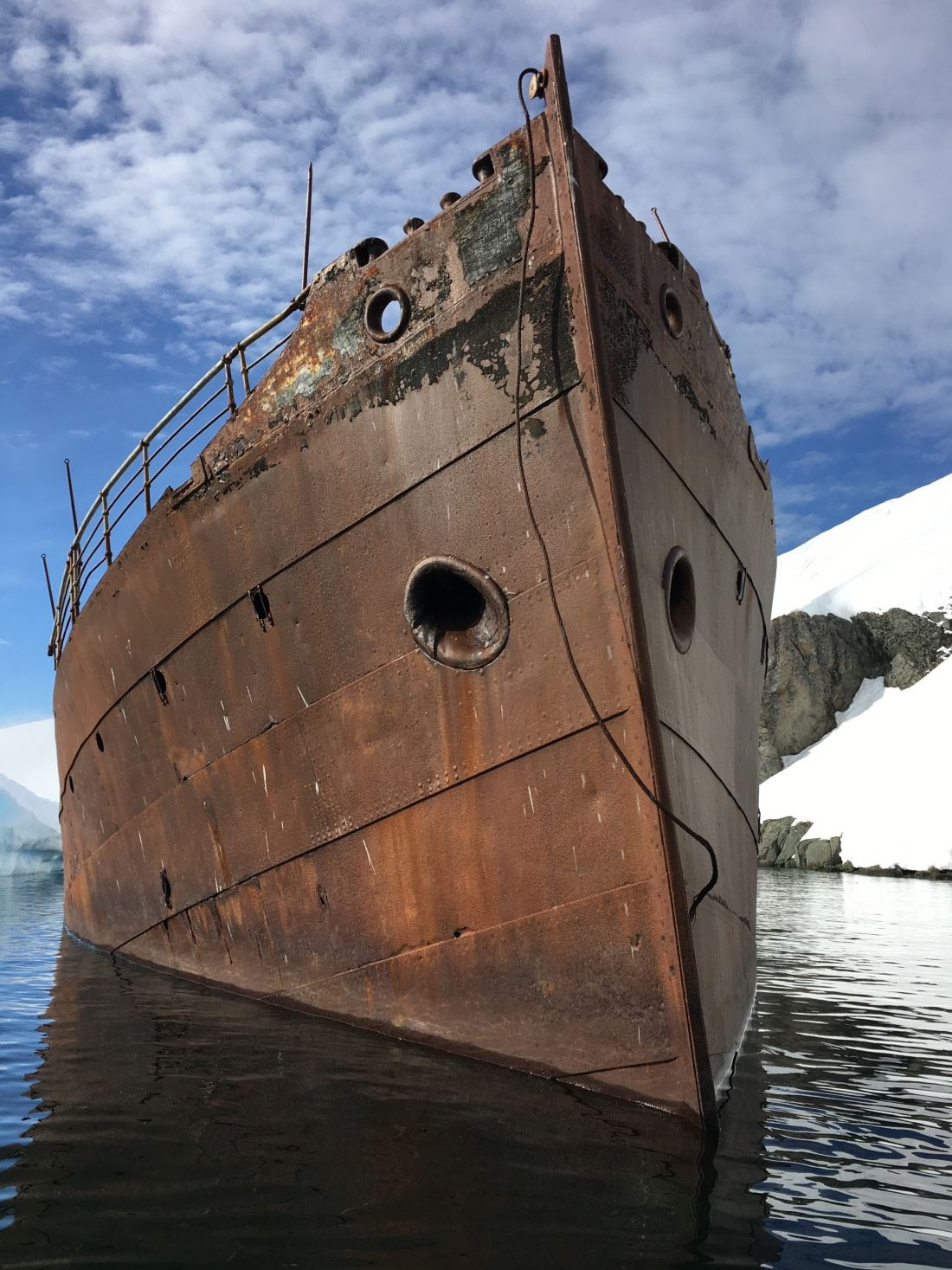

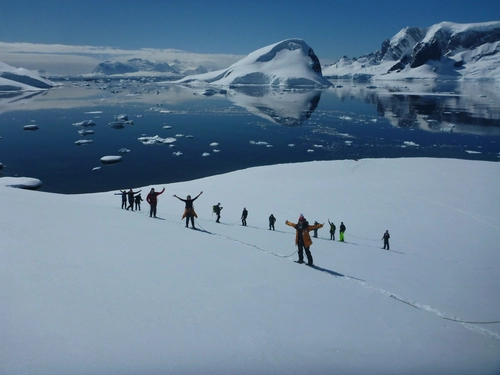
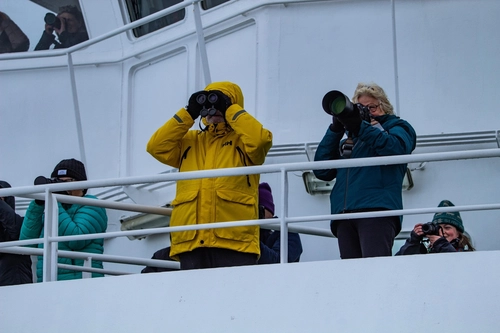

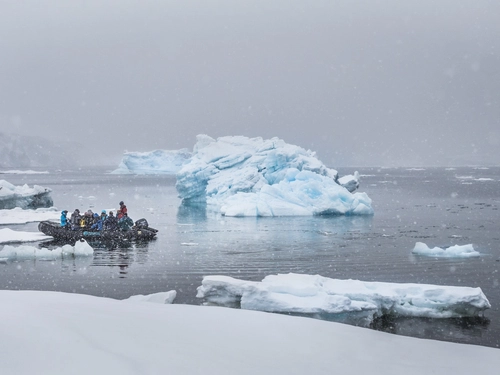
Related Trips
Blog



Orcas of the Polar Seas
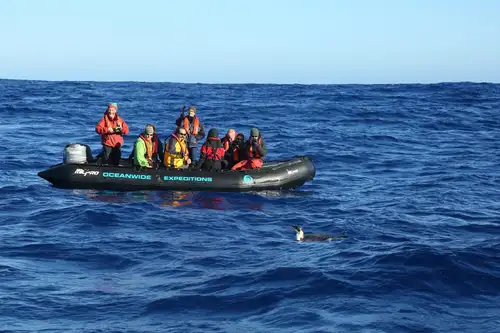
The Emperor Penguin of the Drake Passage
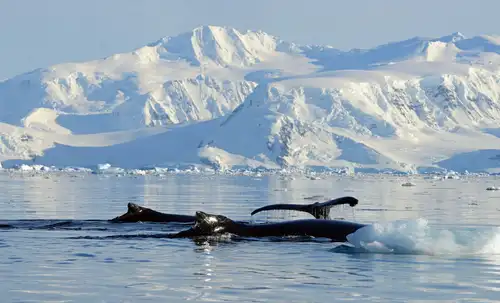
Humpback Whales: the Stars of the Western Antarctic Peninsula
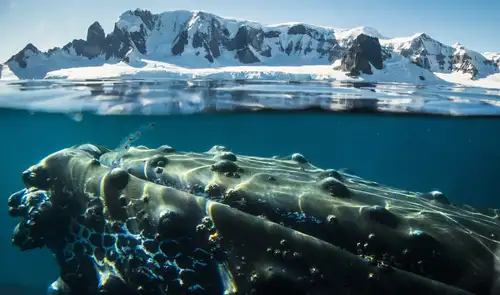
Baleen Whales – The Gentle Giants of the Ocean
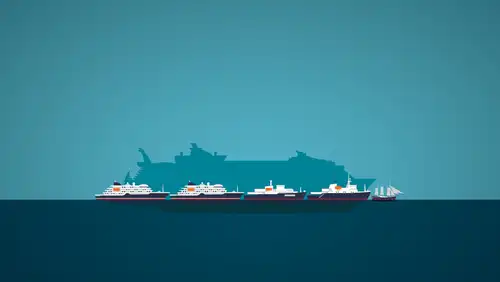
The Impact of Small vs. Large Cruise Ships
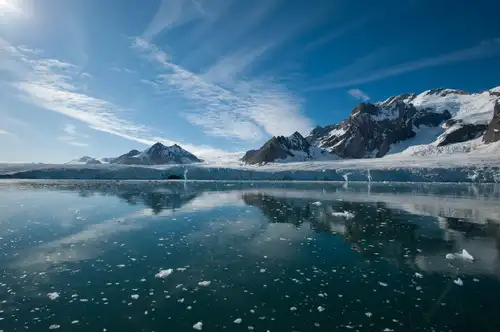
A Bug’s Life in Svalbard
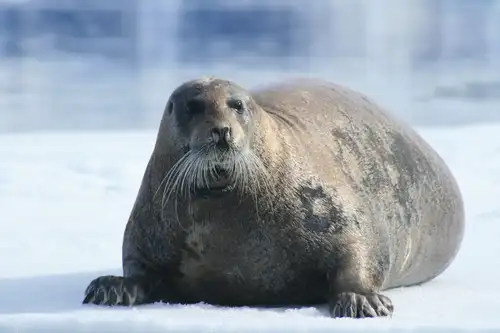
Arctic Seals

Shackleton’s Push to the South Pole
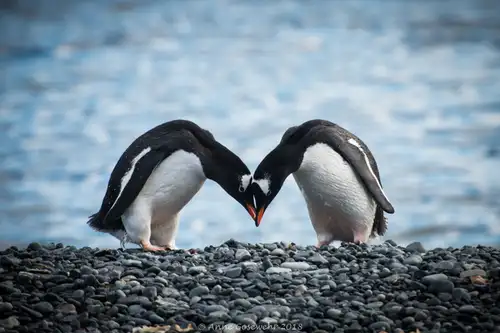
Polar Amore: 14 Wildlife Pics to Warm up Your Valentine’s Day
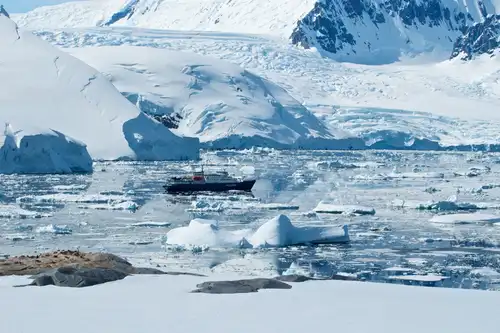
10 Books and Films To Prepare for your Antarctica cruise
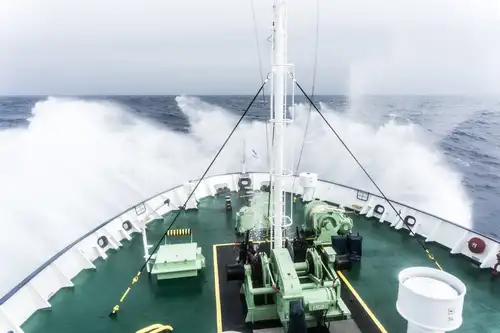
What to Expect When Crossing the Drake Passage

The Arctic’s Most Phenomenal Fjords
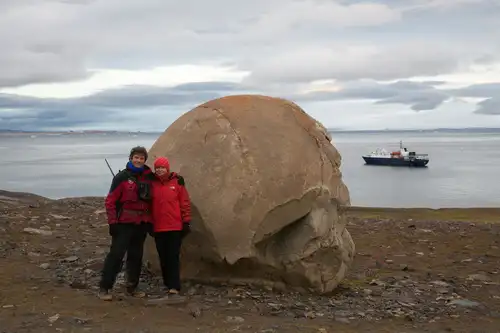
The Return to Franz Josef Land
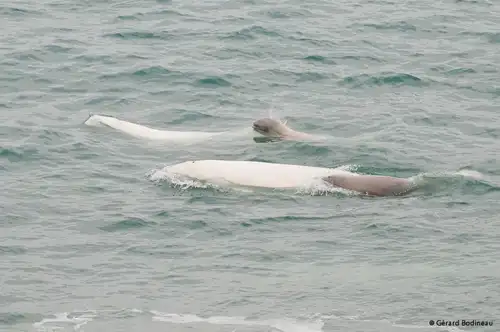
The Mysteries of the Beluga Whale
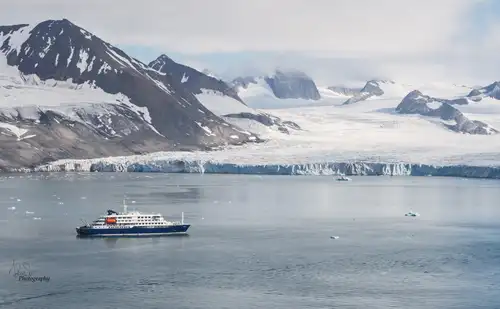
What’s so Special about East Spitsbergen?
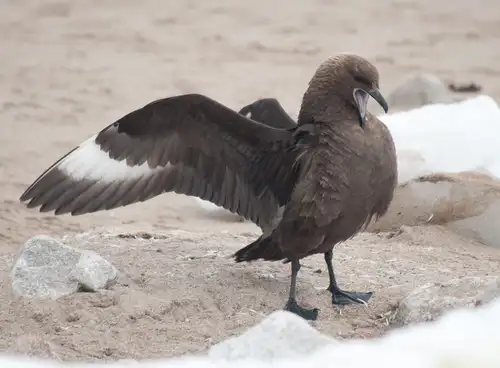
Fierce and Feathered: the Skuas of Antarctica
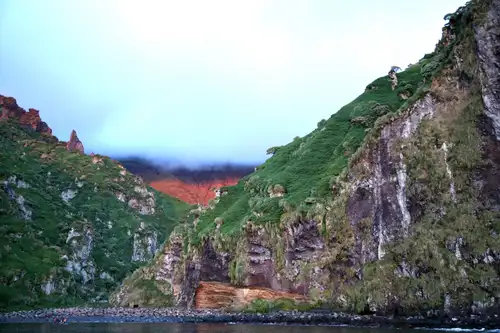
Gough Island: Seabird Capital of the South Atlantic

What to Pack for Your Expedition Cruise to the Arctic or Antarctica
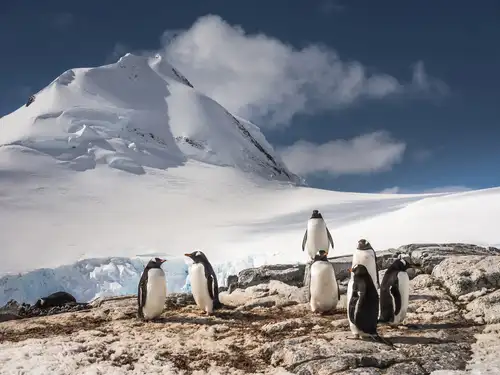
Antarctica Cities (and Five Other Things That Don’t Exist There)




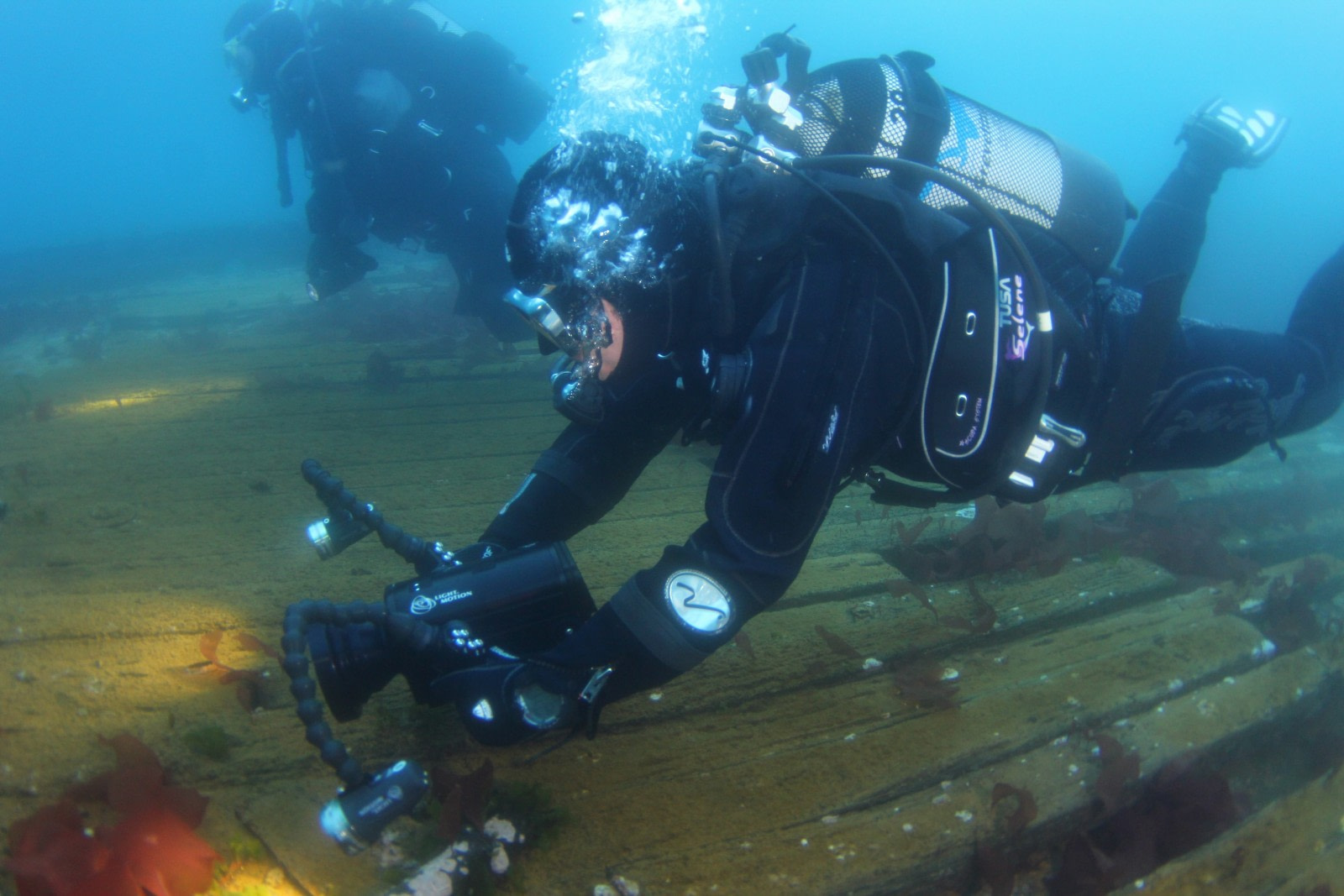

 19 Days / 18 Nights
19 Days / 18 Nights






